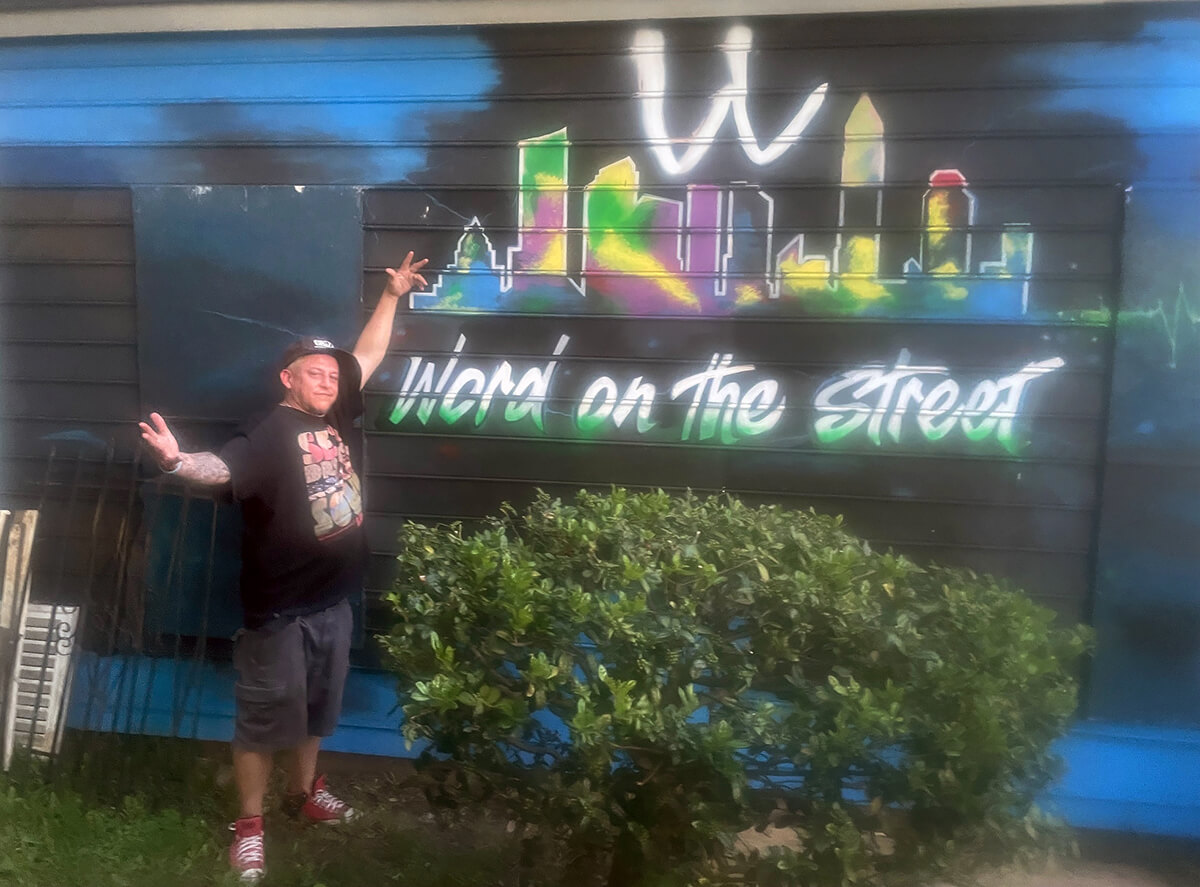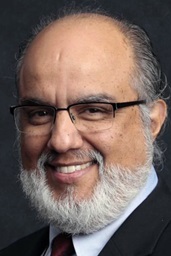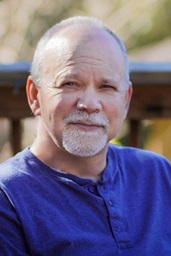Key points:
- Charlotte, North Carolina, where General Conference was recently held, has a substantial homeless population.
- Homelessness and General Conference were linked during a visit of soon-to-be commissioned missionaries to Hope Chapel, a ministry for homeless people.
- During a time of budget cuts for the denomination, ministries such as Hope Chapel still need support to keep going.

Photo by Mike DuBose, UM News.
Commentaries
While in prosperous downtown Charlotte for General Conference, I looked away and brushed past a panhandler. He had pus-oozing sores all over his legs.
I had been listening a fair amount that day to earnest United Methodists pledging to look out for “the least of these,” and nodding along to the sentiment. But Charlotte’s homelessness issue called my bluff.
My nods, signifying I was one of the good guys, were hypocritical.
A couple nights later, I hitched a ride with some soon-to-be commissioned United Methodist missionaries visiting Hope Chapel, a homeless ministry not far from downtown. After an earlier visit, I had written a story about the place, part of the Word on the Street ministry led by the Rev. Charles DiRico with support from Assurance United Methodist Church, the Western North Carolina Conference and grants from church-related foundations.
At Hope Chapel I got reacquainted with John. He functions as DiRico’s unofficial lieutenant, always trying to be helpful. When I expressed interest in the colorful murals on the outside walls of Hope Chapel, he enthusiastically led me on an impromptu tour and told me all about the artist, Manny.
Things are going well for John these days. With assistance from Word on the Street, he is off the streets. He has found housing.
I also listened as a woman, whose name I failed to get, talked about her first day in nursing school.
“I’m going to school and I’m going to change my life,” she proudly said.
There was also Ruth, who specializes in crafting very astute prayers and delivering them before the meals served at Hope Chapel. She was a little off her game because she had left her cell phone in the Uber she used to get to the meeting. We got word that the Uber driver was on his way to give it back, but she could only rest when the phone was back in her hands.
I spoke with Ron, a homeless man with an emotional support dog named Diesel. Ron told me he used to be a truck driver, but hasn’t been able to do it since a trainee he was teaching went over the yellow line, resulting in a head-on crash that left a whole family dead.
He is determined to get back on his feet. I hope he does.
And Manny turned up, in a T-shirt declaring “Sex, Drugs and Rock ‘n’ Roll.” He’s the artist John told me about earlier. He goes by Manny Blanco or just Blanco for his artwork. One of his Hope Chapel murals portrays the Rev. Martin Luther King Jr., the other a lion and another the Charlotte skyline. Inspirational quotes are mixed in.
Manny said he battles addiction to alcohol but is determined to beat it.

Polity
United Methodist polity doesn’t register much with people who need food and shelter, said DiRico, an impish man who exudes can-do optimism.
“We’re only a couple of miles away from the convention center, where the General Conference is being held,” DiRico said. “You can look outside these windows and see the tallest buildings and the wealthiest folks in Charlotte, and some of these people are some of the wealthiest people in our country.”
But not much of the wealth trickles down to people like John and Manny. The rise in property values in Charlotte is great for people who own property — not so much for folks having to deal with escalating rents.
“Some of the persons who used to rent … here in Charlotte are homeless, and a lot of them live in camps and in tents,” DiRico said. “There are some tents right on the other side of this fence (near Hope Chapel), and they live there until somebody runs them off, and then give it a week or two and somebody else will be living there.”
A men’s shelter, Roof Above, is close to Hope Chapel, and its residents are regulars there when meals are served. Also nearby are a construction site where “luxury” apartments are being built, and a business for storing possessions.
No one knows whether the homeless people will eventually be rousted from the area altogether, but I wouldn’t advise betting against it.
It’s all connected
The thing is, what happens at General Conference does impact homeless folks. Many ministries that help feed, clothe and house them are supported by the denomination and local churches. So budget cuts, which are ongoing, will affect them.
Remember the Bible story about the wealthy young man who asked Jesus what to do to earn eternal life?
Subscribe to our
e-newsletter
“If you want to be perfect, then go and sell all that you own,” Jesus advised in Matthew 19:21. “Give the money to the poor, and you will have riches in heaven.”
The young man couldn’t live up to that standard. I can’t either.
But what can we do?
Well, maybe we can start by supporting United Methodist churches that support ministries like Hope Chapel. With budgets being cut, these vital ministries are also in danger of losing support.
DiRico wants to get Word on the Street and Hope Chapel self-sufficient, but donations are always appreciated.
Back home in Nashville, Tennessee, I stopped at a Publix to pick up some groceries. As I left, a woman caked in dirt and sitting in the shade outside the store caught my eye and made a hand-to-mouth gesture. I took it to mean she was hungry and needed help.
Similar to my encounter in Charlotte, I grimly nodded “No” and kept walking to my car. But as I unloaded groceries into my SUV, I remembered the man with the sores all over his legs, took a $5 bill out of my wallet and headed back to the store entrance.
But she was already gone.
Contributions to Word on the Street and Hope Chapel can be made through Assurance United Methodist Church.
Patterson is a UM News reporter in Nashville, Tennessee. Contact him at 615-742-5470 or [email protected]. To read more United Methodist news, subscribe to the free Daily or Weekly Digests.




